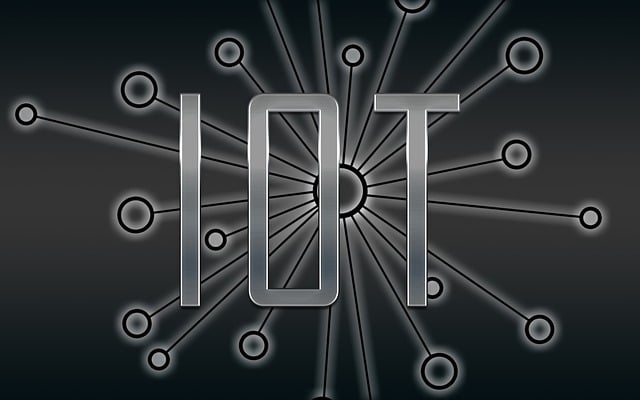
The Internet of Things (IoT) has revolutionized the way we interact with devices, from smart home gadgets to industrial machinery. However, as IoT technology continues to grow, so do the security risks associated with it. To address these concerns, the OWASP IoT Top 10 Standard was created to highlight the most critical security vulnerabilities in IoT systems and provide guidelines for securing them.
In this blog, we’ll explore what the OWASP IoT Top 10 Standard is, why it’s important, and how it can help improve the security of IoT devices.
The Open Web Application Security Project (OWASP) is a nonprofit organization focused on improving software security. OWASP is best known for its work in web application security, including the famous OWASP Top 10 list, which highlights common web vulnerabilities. In the growing world of IoT, OWASP has extended its efforts by releasing the OWASP IoT Top 10 to address the unique challenges of IoT security.
The OWASP IoT Top 10 is a comprehensive list of the most common and significant security risks found in IoT systems. It aims to educate IoT manufacturers, developers, and users about potential vulnerabilities and provide recommendations for mitigating these risks. The list is regularly updated to reflect emerging threats as IoT technology evolves.
The standard serves as a foundational guide for securing IoT ecosystems, offering a proactive approach to identifying and mitigating vulnerabilities before they are exploited by cybercriminals.
The following is a breakdown of the OWASP IoT Top 10 vulnerabilities:
Many IoT devices come with default or weak passwords that users fail to change, making them easy targets for attackers. Strong password policies and user education can help mitigate this risk.
IoT devices often expose unnecessary network services, which can become a potential attack surface. Securing these services and disabling unused ones is essential.
Vulnerabilities in web, backend, or mobile interfaces can expose sensitive data or allow attackers to compromise the device. Proper input validation and secure communication protocols are necessary to protect interfaces.
Many IoT devices do not provide a secure way to receive firmware or software updates, leaving them exposed to known vulnerabilities. Implementing secure, encrypted update processes is crucial.
IoT devices often run on outdated or unpatched software components. Regular patching and using up-to-date, secure libraries can reduce this risk.
IoT devices collect a vast amount of personal data. Inadequate privacy protections can lead to data breaches. Proper encryption and data anonymization techniques should be implemented.
Sensitive data must be protected both at rest and in transit. Without proper encryption, attackers can intercept or access critical data. Using secure communication protocols like HTTPS and encrypting stored data is essential.
Failing to provide proper device management features can leave IoT devices vulnerable to attack. Remote device monitoring, logging, and secure configuration management are key aspects of a secure IoT device.
Many IoT devices ship with insecure default settings, such as open ports or default credentials. Configuring secure default settings is a necessary step before deployment.
IoT devices often operate in physically accessible locations. Without proper tamper resistance or detection, these devices can be physically compromised. Physical hardening strategies, such as secure enclosures and tamper-evident seals, help prevent physical attacks.
The OWASP IoT Top 10 Standard is crucial for IoT security as it addresses the specific risks that arise from the interconnectedness of devices. IoT devices often operate with minimal human oversight, making them attractive targets for cybercriminals. Without proper security measures in place, attacks can lead to significant consequences, including unauthorized access to sensitive data, disruptions to critical services, and even physical harm.
By following the OWASP IoT Top 10 guidelines, manufacturers can improve the security of their devices, and users can better protect themselves from potential threats.
The OWASP IoT Top 10 Standard provides a comprehensive guide for addressing the unique security challenges that come with IoT devices. As the number of connected devices continues to grow, it’s more important than ever for manufacturers, developers, and users to prioritize security. By understanding and mitigating these vulnerabilities, we can create safer, more secure IoT ecosystems that protect both users and their data.
Implementing the OWASP IoT Top 10 Standard is an essential step towards achieving secure, reliable IoT solutions for businesses and individuals alike.